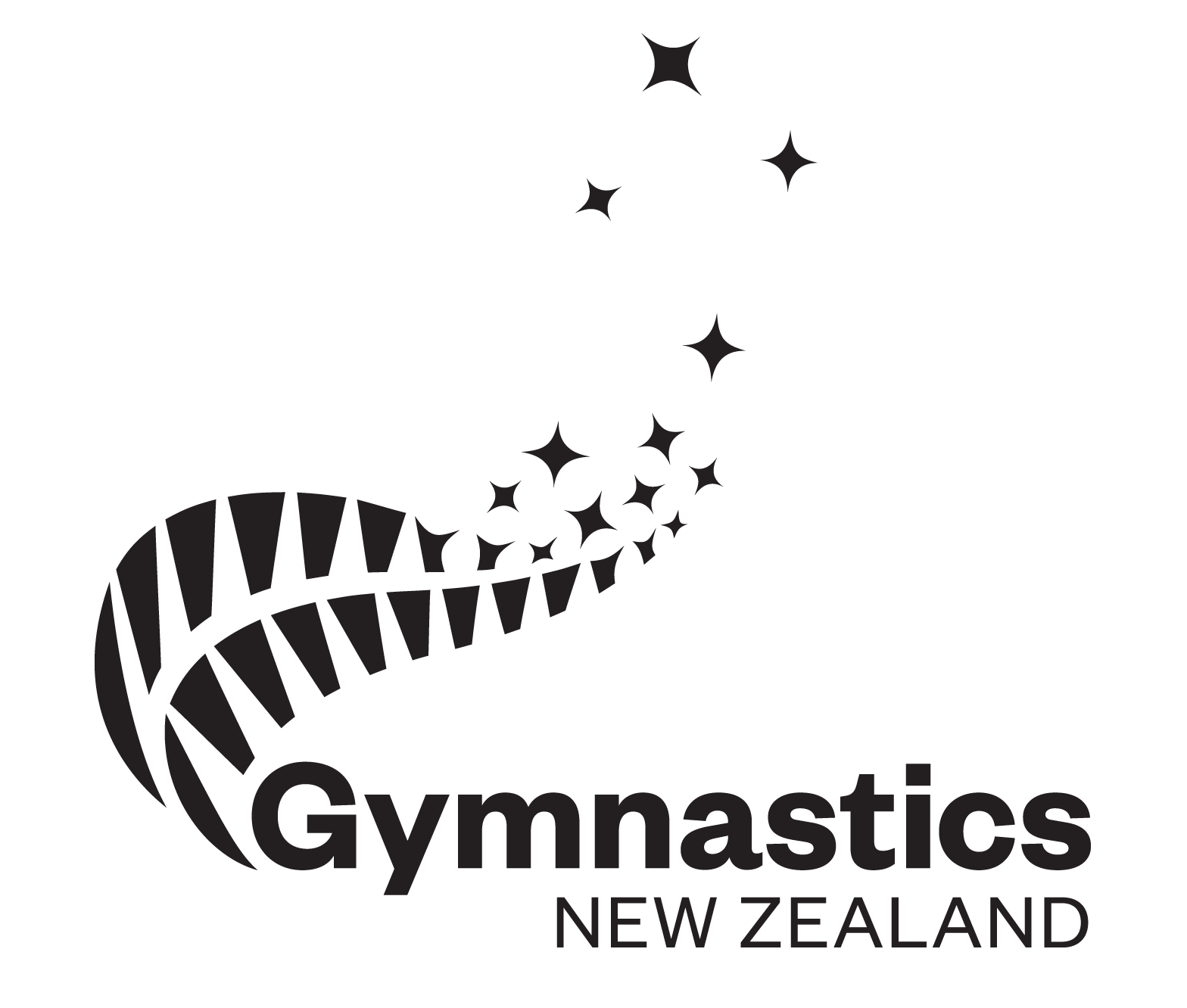‘Brave new worlds’, ‘Final frontiers’, ‘Giant leaps for humankind’, ‘Journey into the unknown’, ‘The path less travelled’. These are all traditionally filled with impressions of large-scale commitment to grand ideas that are bold and present infinite opportunity. Whilst a number of these have occupied your organisation during 2017, there is also a significant amount of business as usual that, in the sum of its parts, can have just as significant an impact. This update will attempt to illuminate some of these areas in the context of some of the larger project work we have been undertaking.
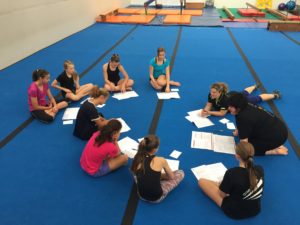 People
People
Education has had an outstanding year with over 150 courses, workshops and forums being delivered to over 2,000 participants. This takes a monumental resource and logistical effort, to bring all the strands together to make these opportunities a reality. We are indebted to the course presenters who donate huge amounts of time and knowledge to educate all our volunteers and keep them up to date. What this highlights for me, is the tremendous importance of education, in the role that coaches and judges play, in providing a positive participant experience
During the recently held planning session of the Gymnastics NZ (GNZ) Regional Relationship Managers (RMs), it was encouraging to hear of the local impact the Regional Action Plans (RAPs) are having. The RM Team spoke highly of the input from clubs, in shaping the outcomes most wanted from our ‘on the ground’ presence. Your engagement in this space is crucial to maintaining a relevant value proposition to members and I would encourage you to continue to drive this expectation in 2018. It also supports one of the key reasons funders continue to invest in our ability to go ‘direct to market’, without the often cumbersome and bureaucratic nature of the regional sporting organisation.
In that light, the RM Team, and indeed the entire organisation, also considered the ‘bigger picture’ view of how this value proposition impacts on significant funding partners such as the New Zealand Community Trust (NZCT) and Sport NZ. In little over 18 months, the application for the next quadrennial of Sport NZ investment funding will be due. The succinct question to ask is, what are we doing, or could we be doing, that in 18 months’ time will illustrate to Sport NZ, the value of investing in the gymnastics community?
Participation
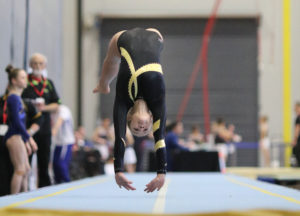 “Ahhhhhhhhhh……… let’s get ready to tumble!!!” I seem to recall this being a catch-cry of our Community Sport Manager – Danielle Halliday, on the announcing microphone at the Indo-Pacific Championships in 2016. The retention tools of Tumbling and TeamGym have sparked significant interest from our community with the recently held pilot coaching courses being oversubscribed. The number of clubs running pilot programmes is above our expectations. The interest in these two ‘retention’ programmes shows that the way we view opportunity can shape how successful we are in offering an alternative way of participating in our sport.
“Ahhhhhhhhhh……… let’s get ready to tumble!!!” I seem to recall this being a catch-cry of our Community Sport Manager – Danielle Halliday, on the announcing microphone at the Indo-Pacific Championships in 2016. The retention tools of Tumbling and TeamGym have sparked significant interest from our community with the recently held pilot coaching courses being oversubscribed. The number of clubs running pilot programmes is above our expectations. The interest in these two ‘retention’ programmes shows that the way we view opportunity can shape how successful we are in offering an alternative way of participating in our sport.
Events play a crucial part in offering a competition outlet for participants, and the dialogue with the community about the timing of our nationals has revealed many interesting points of view. Without litigating all of the perspectives here, I would offer the following consideration for members.
A reorganisation of our competition season needs to happen, regardless of the date the National Championships are held. The season is too truncated and is disproportionate in the time and effort required, to the value it offers a portion of the total membership. To illustrate this, currently only one in four members of GNZ participate in the competitive pathway that ultimately leads to Nationals.
What then is the value proposition for the three out of four members, who are not on this pathway? Where is the space in the calendar to address their wants and needs, and encourage clubs to view these three out of four participants in a different light? In the majority of clubs, these three out of four members would be the ‘engine room’ that drive gymnastic activity. We would be mindful to remember this when having such debates as to a proposed change in the Nationals date. There is an additional perspective on this issue that I will cover in the Performance section below.
To the communities of the Top of the South, Canterbury and Auckland, my sincere thanks for your contribution to the three 2017 NZ Championships events. Your time, resources, energy, enthusiasm and commitment were a tremendous source of assistance, and indeed inspiration. We look forward to that spirit being maintained in the Bay of Plenty as we descend on Tauranga for the 2018 NZ Championships, where all codes will once again be together under the one roof.
Performance
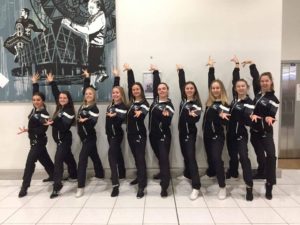 A post-Olympic year sees our performance focus shift to qualification for the Commonwealth Games, this time on the Gold Coast in 2018. The restriction of athlete quota (4,300 at Gold Coast versus 5,700 at Glasgow 2014) has seen the quota issued to gymnastics split into a team (6 athletes) and individual (5 athletes) qualification process. At the time of writing, the team allocation is under consideration by the New Zealand Olympic Committee (NZOC) Selectors, the individual process to follow. Our community should prepare for the fact that, for a variety of reasons, our total team size of around 12 athletes may not be achieved for these games.
A post-Olympic year sees our performance focus shift to qualification for the Commonwealth Games, this time on the Gold Coast in 2018. The restriction of athlete quota (4,300 at Gold Coast versus 5,700 at Glasgow 2014) has seen the quota issued to gymnastics split into a team (6 athletes) and individual (5 athletes) qualification process. At the time of writing, the team allocation is under consideration by the New Zealand Olympic Committee (NZOC) Selectors, the individual process to follow. Our community should prepare for the fact that, for a variety of reasons, our total team size of around 12 athletes may not be achieved for these games.
It is always an interesting year on the international front with the application of the code of points changes in all codes, making for some interesting competitions. This, of course, culminates in the World Championships, with our NZ athletes achieving a mixed-bag of results against qualification and performance outcome expectations, in 2017. The additional point from my earlier one on the competition calendar is that whilst the current structure is delivering athletes into the Nationals space, it is not delivering them consistently to a high standard, on the international stage. In considering the potential change of the Nationals date, it affords us the opportunity to also challenge the role our current competition structure plays in preparing our athletes to achieve on the world stage.
Performance, in an organisational sense, places GNZ at something of a crossroads. The resource implications of the significant quadrennial funding cut announced in 2015, has seen GNZ full-time equivalent (FTE) staff drop from 21 to 16. There is little room for further reduction without significant impact on member services.
This crossroads we find ourselves at does, however, present an opportunity. It comes in the form of the database project, previously mentioned in earlier updates. The scoping, framework, analysis and design of the database has been completed. The database presents GNZ with the most viable opportunity to construct a more sustainable revenue framework upon which to grow. This growth to be driven by partnerships that contribute to growing GNZ resource capability, to do more for members.
It will also provide the much needed ‘hard data’ which will provide insights to enhance and shape our ability to provide participant-led resources, services and activity opportunities. Complimenting this is the potential for a more user-friendly process upon which clubs can manage the day to day needs of their members. This has the potential to free-up time consuming and costly administration resource, applying this to providing an enhanced participant experience.
Places
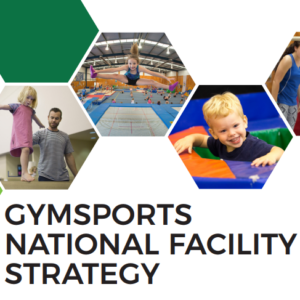 The much-awaited National Facilities Strategy (NFS) and Facilities Guide have been released. These documents represent pages and pages of input from you, the clubs, as to your needs. They also combine an array of informed perspectives from key stakeholders, such as local council and funders, who will be pivotal in helping deliver on the outcomes contained within the strategy. My thanks to your input, but also in particular to Andy Adams – Operations Manager, who has worked tirelessly in facilitating the compilation of these documents. Whilst coordinating this, Andy has also worked with a number of clubs on progressing specific facilities projects that have the potential to benefit local delivery and participation opportunities.
The much-awaited National Facilities Strategy (NFS) and Facilities Guide have been released. These documents represent pages and pages of input from you, the clubs, as to your needs. They also combine an array of informed perspectives from key stakeholders, such as local council and funders, who will be pivotal in helping deliver on the outcomes contained within the strategy. My thanks to your input, but also in particular to Andy Adams – Operations Manager, who has worked tirelessly in facilitating the compilation of these documents. Whilst coordinating this, Andy has also worked with a number of clubs on progressing specific facilities projects that have the potential to benefit local delivery and participation opportunities.
Profile
As it can be with defining culture, profile is often measured in the nature of a slogan or statement and how this is communicated both to, and on behalf of, the community. As it also can be with culture, it is the actual behaviours that are portrayed that are the true measurement of the profile of a sport. In other words, it is what you do, not what you say, that counts. The most significant contributor to that is you, in whatever capacity you are representing gymnastics. From the person who answers the phone, responds to an email enquiry or welcomes new participants through your doors, all these actions create the profile of gymnastics. To that end, no matter what work we do in rebranding or expressing a strategy, the most important profile work happens at the ‘coal face’. I am constantly reassured by my engagement with clubs that the profile, and indeed brand of gymnastics, has never been healthier. This, however, should not be cause for complacency and we should all be mindful of our actions in portraying the nature of the profile we want our sport to have.
Merry Christmas
We have a lot to look forward to in 2018, but let’s not wish 2017 away too quickly. One of the most important times of the year for spending time with family, friends and reconnecting with what is truly important to us, is just around the corner. Whatever that means for you, may the festive season be a safe and enjoyable one for you all.
Yours sincerely,
Tony Compier
CEO Gymnastics NZ
